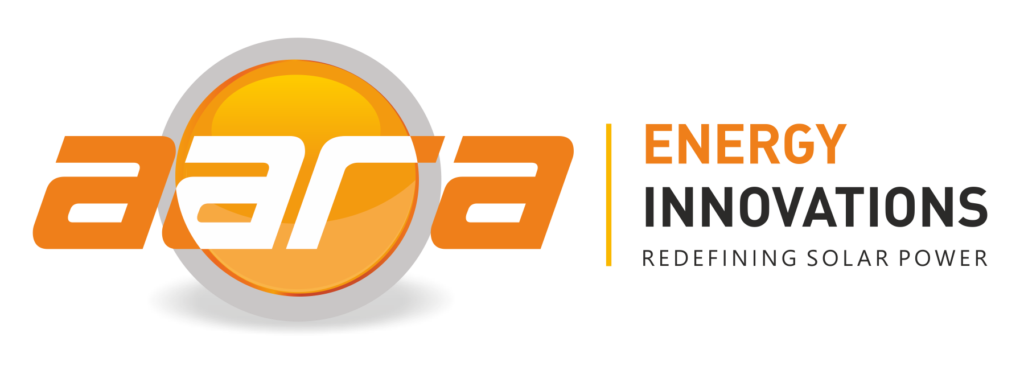The Role of Solar in Achieving Net Zero

Rahul Bhosale
Author -
- September 8, 2025
Across Indian manufacturing and services, Net Zero has moved from a statement of intent to a board-level requirement. Global buyers ask for Scope 2 reductions, lenders evaluate transition plans, and state policies encourage cleaner power. In this context, solar is often the fastest lever to cut emissions at scale. This blog explains how solar supports net zero carbon emissions India objectives, what to consider about the carbon footprint of solar panels, and how industrial solar solutions translate into real progress on cost and carbon.
Why Net Zero is a critical goal for Indian industry
Indian plants compete in supply chains that already score vendors on energy mix and disclosures. solar is often the fastest lever to cut emissions at scale. Hitting Zero carbon emissions in India pathways is not only about climate targets; it de-risks market access and financing.
Key drivers:
- Export readiness: OEMs and global buyers request year-on-year Scope 2 cuts with auditable data.
- Tariff certainty: Long contracts based on renewable power reduce volatility against grid price changes.
- Capital access: Transition plans with credible milestones can improve lender confidence.
- Policy alignment: State and national programs encourage clean power procurement, supporting net zero carbon emissions India timelines.
Solar’s role in decarbonization efforts
Solar directly displaces grid electricity during daytime, which lowers Scope 2 emissions and improves intensity metrics per unit produced.
Where solar fits:
- Rooftop for on-site generation tied to your daytime load.
- Open Access for off-site generation delivered through the grid when roof space is limited.
- Hybrid strategies that blend rooftop and Open Access to scale clean units beyond physical space.
- Data-first monitoring so CO₂ avoidance is measured, not assumed.
Teams often ask about the carbon footprint solar energy can achieve compared to the local grid. While exact numbers depend on state mix and plant design, the direction is consistent: solar panels reduce carbon footprint by replacing a portion of fossil-based electricity with verifiable renewable units.
Net Zero with Solar: From Plan to Proof
|
Benefits of solar for reducing emissions and costs
Solar is a technology and a financial tool. Done right, it reduces emissions and stabilizes cost.
How Aara approaches industrial solar solutions:
Emissions impact
- Replacing grid kWh with solar kWh lowers Scope 2.
- Continuous metering supports audit-ready CO₂ reporting.
- Clean power improves supplier scorecards and ESG ratings.
Cost impact
- CAPEX: ownership with depreciation benefits and typical 2–3 year payback in many industrial contexts.
- OPEX / Third-Party: zero upfront, predictable tariff, long savings runway.
- Group Captive: shared equity to unlock per-unit savings at scale.
What about the carbon footprint of solar panels?
Panels and balance-of-system components do have embodied emissions. Over a multi-decade life, the avoided grid emissions generally outweigh that footprint. When evaluating the carbon footprint solar energy delivers, consider lifetime production, cleaning schedules, uptime, and verifiable metering.
Aara’s approach to ESG and carbon savings
A successful transition requires more than panels. It needs engineering that fits the load profile, and reporting that fits the audit.
How Aara approaches industrial solar solutions:
- Design around demand: rooftop layouts and Open Access contracts sized to your actual shifts and baseload.
- Measurement you can publish: 24×7 monitoring, monthly reports, and ESG-ready CO₂ summaries that stakeholders can trace.
- Delivery with accountability: single-vendor EPC and O&M, preventive maintenance, and generation-assurance mechanisms to keep output on spec.
- Financing fit: CAPEX, OPEX, or Group Captive models to align cash flow with your growth plan.
For teams comparing solar power companies in India, focus on three things: a track record in industry (not residential), transparent performance data tied to CO₂ reporting, and an execution model that limits plant disruption. This is where Aara Energy concentrates its effort: credible engineering, predictable savings, and clear documentation for ESG.
Conclusion: Moving toward Net Zero with solar
Reaching zero carbon emissions in India is a long journey, but solar lets you move early and measurably. It cuts Scope 2, stabilizes energy cost, and provides the evidence buyers and lenders expect. If you are ready to evaluate options, start with your load profile, roof viability, and Open Access potential, then select a partner who will model the numbers you need to decide.
Aara Energy focuses on industrial contexts and builds systems around plant reality, not just nameplate capacity. If your next step is a clean, defensible plan for net zero carbon emissions India goals, solar is the lever, and a disciplined EPC partner makes it work.
Related Blogs








